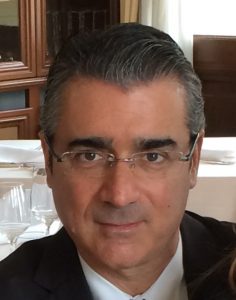Italian ophthalmologists will learn from adversity

Cheryl Guttman Krader
Published: Wednesday, April 8, 2020
 Simonetta Morselli MD
Simonetta Morselli MD Antonio Toso MD
Antonio Toso MD
Published: Wednesday, April 8, 2020
 Simonetta Morselli MD
Simonetta Morselli MD Antonio Toso MD
Antonio Toso MD